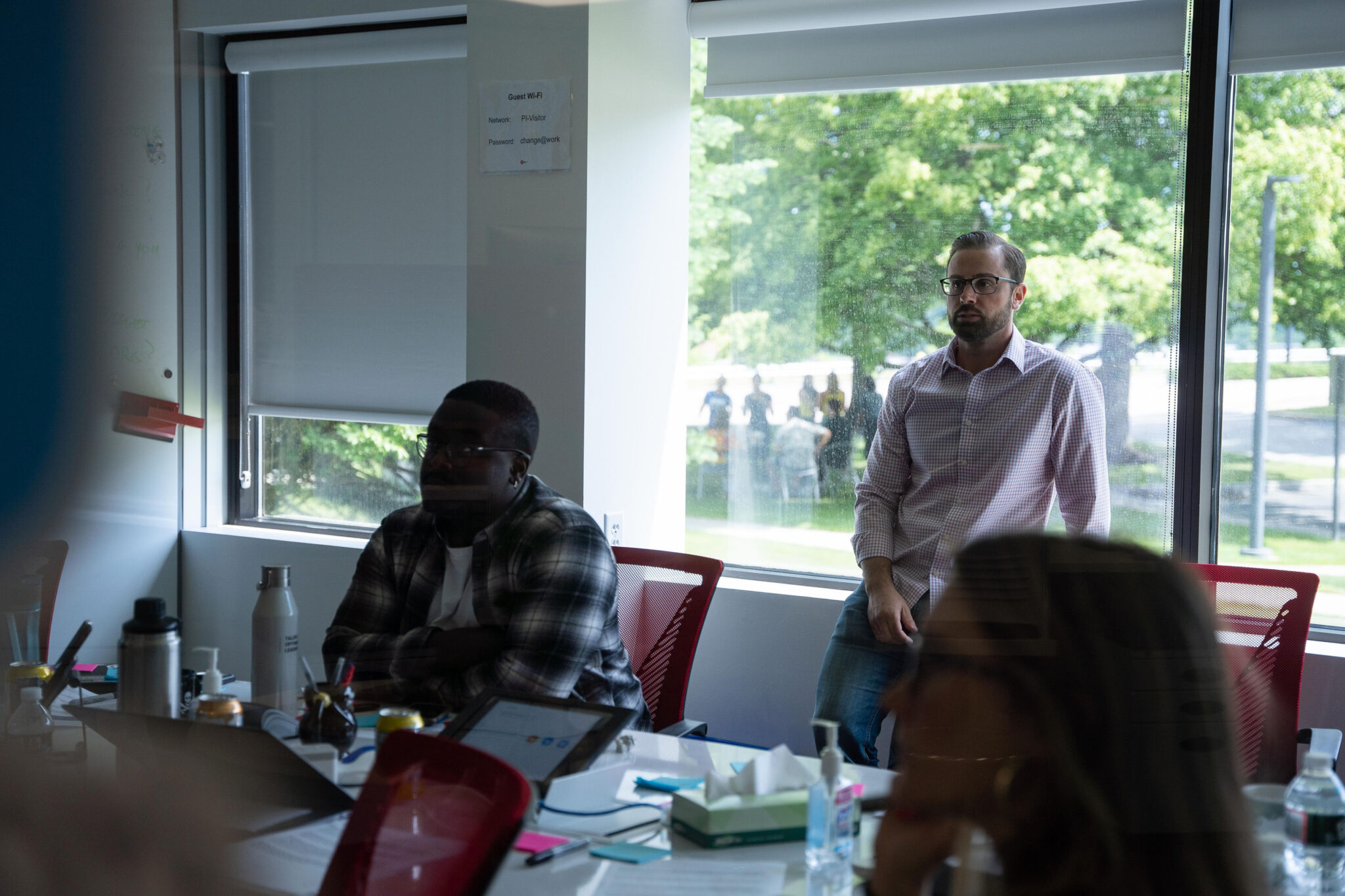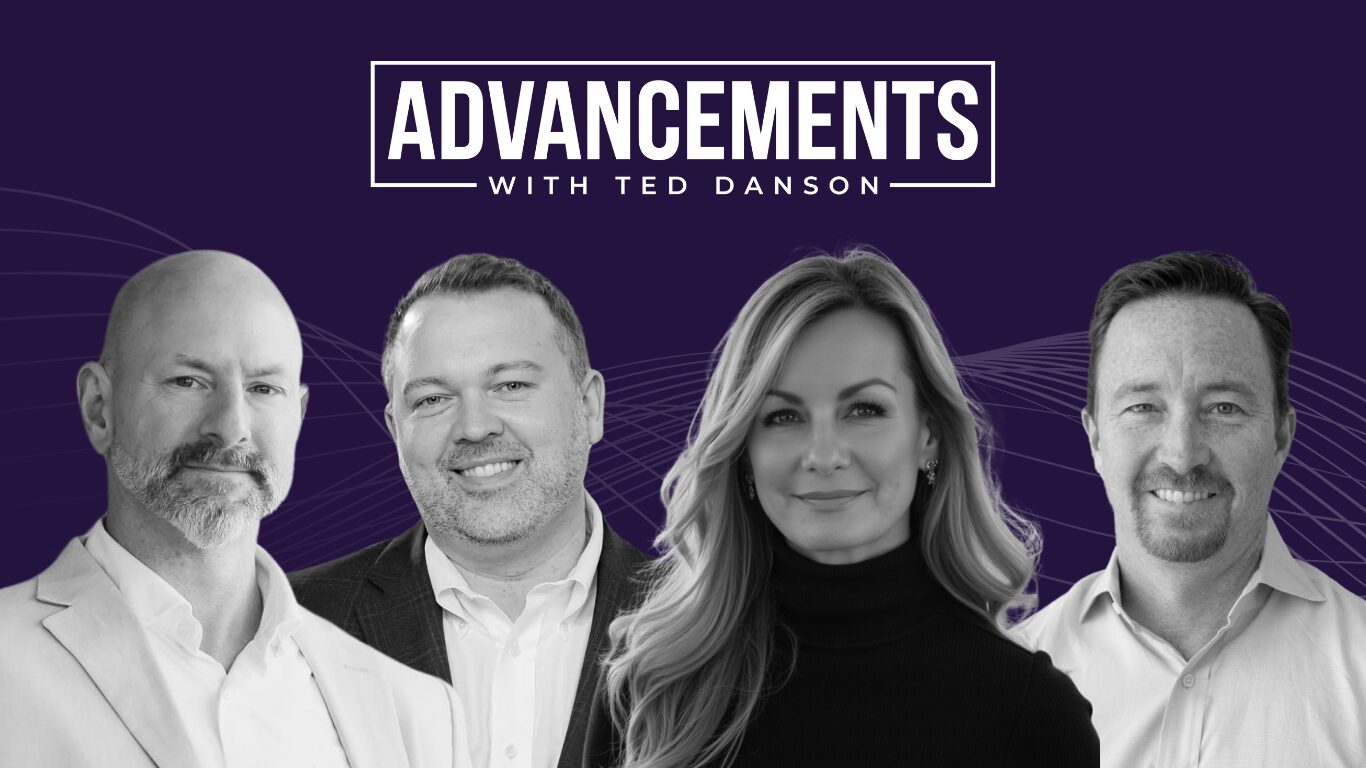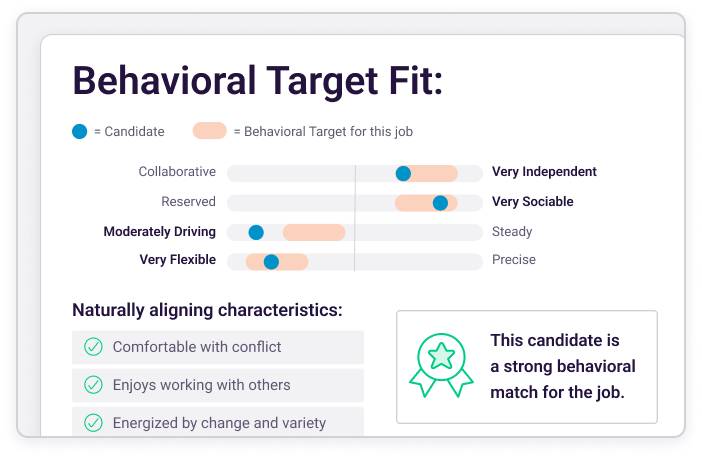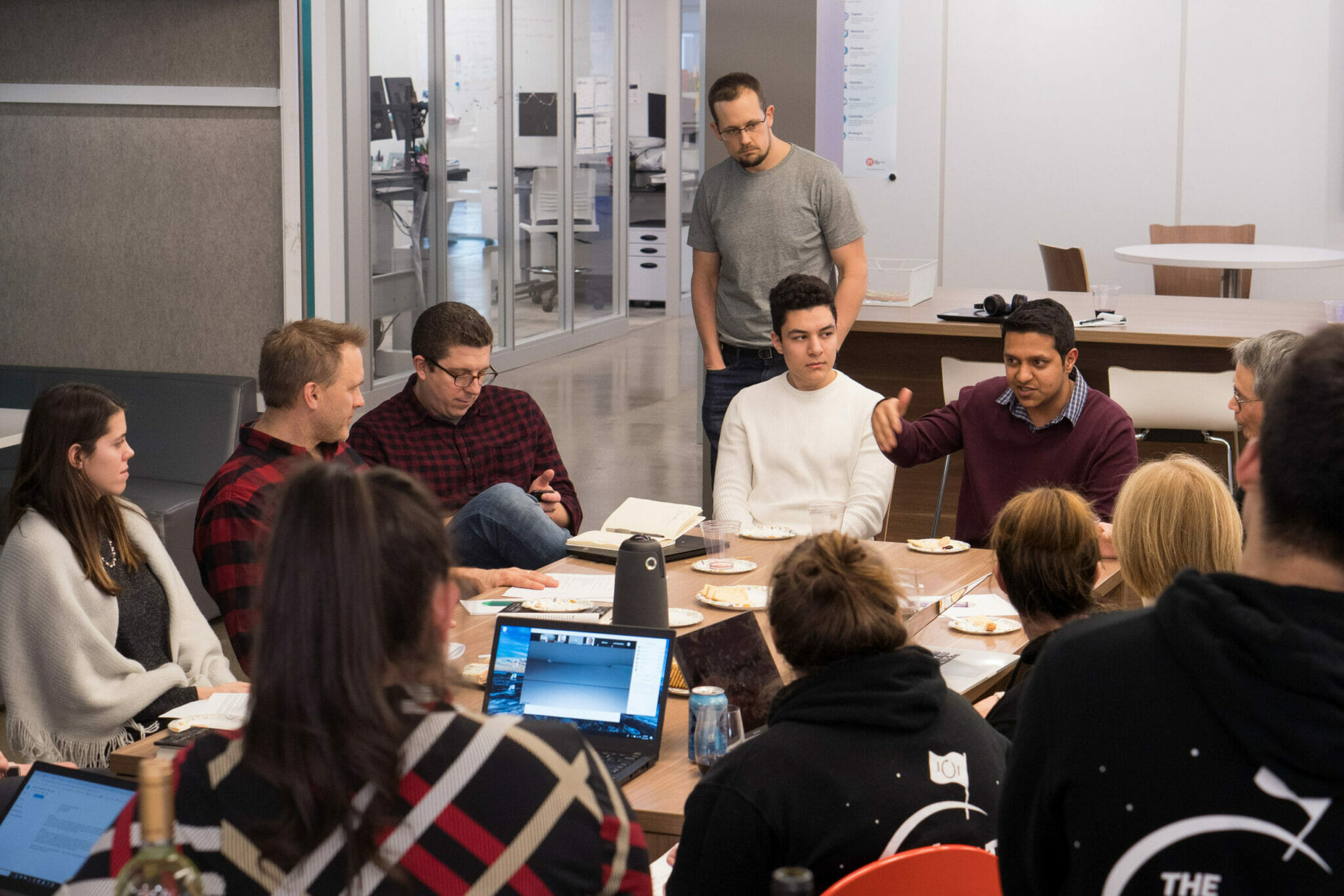Jack Welch, former Chairman and CEO of General Electric, once said, “an organization’s ability to learn, and translate that learning into action rapidly, is the ultimate competitive advantage.”
But that quote misses one major point: it isn’t the organization that learns. It’s the learning ability of the employees who lead and work in the organization that is the ultimate competitive advantage.
Why building a learning organization is beneficial
It is the ultimate competitive advantage because a workforce with a strong learning ability will spend less time learning and more time taking action. They will take in and process information quicker leading to faster and better decisions. And when things change (which they will) they will be able to quickly figure out a new plan and adapt.
Assessing learning ability during the hiring process
It’s never been more important to consider the importance of learning ability when hiring talent into your organization. The business world is in constant flux, data and information are moving at light speed, and what’s needed for success changes by the minute. In order to beat the competition, you need people who can keep up.
Traditionally, hiring has been driven by the objective to hire people who have the right experiences and technical ability to come onboard and do a job. This approach has put a high value on people who have the right knowledge, skills and accomplishments because these assets can help someone enter and become a productive team member quickly.
While being knowledgeable and skilled is undoubtedly important for success in many roles, having knowledge and being skilled isn’t the same as having strong learning ability. People attain their skills in different ways. Many build expertise through substantial education and training. Others advanced their skills through practice and repetition. Some people are just better learners – people who don’t need extensive training or practice – who just get it done quickly.
This all has huge implications for business. People with high learning ability are able to come into positions and figure out how to be successful very quickly. While the research shows that they excel in training, what’s usually more important is how rapidly they acquire new knowledge from unstructured sources. Their knowledge acquisition mode is always on and the result is high productivity and performance.
Of course, organizations shouldn’t just seek out the most highly qualified, experienced, skilled employees for a job role. It is equally important to find employees who have the right amount of learning ability for the role they are taking. Then, you will recruit candidates who are successful both now and well into the future of your company.
Learning ability is more than how someone understands how to perform a job. It is the ultimate competitive advantage. When employees possessing the right amount of learning ability are in the right places in your organization, you have a workforce that is able to process information faster, solve more complex problems, keep up with the pace of change, and just out learn the competition all the way to the bank!
Building a learning organization with The Predictive Index
The Predictive Index is excited to introduce the PI Learning Indicator – a world-class assessment designed to help organizations find candidates who have the right amount of learning ability to come in and excel in their role or whatever challenge you throw their way. The PI Learning Indicator measures an individual’s capacity to learn, adapt, and grasp new concepts in the workplace. Get more information about our Learning Indicator and how it can give you an advantage over your competition.









